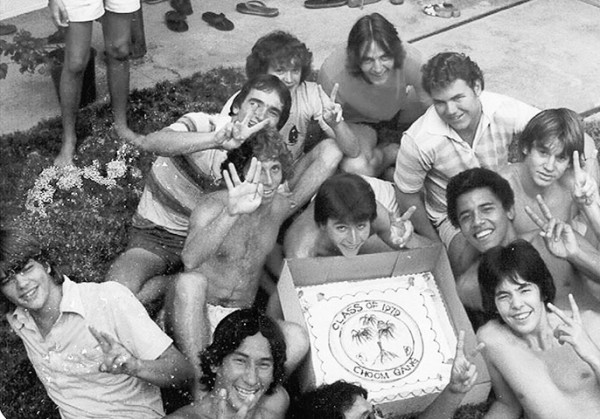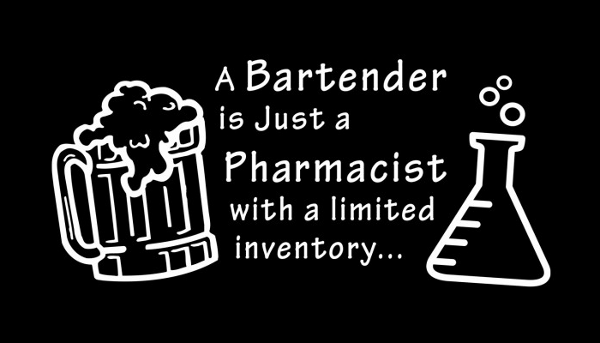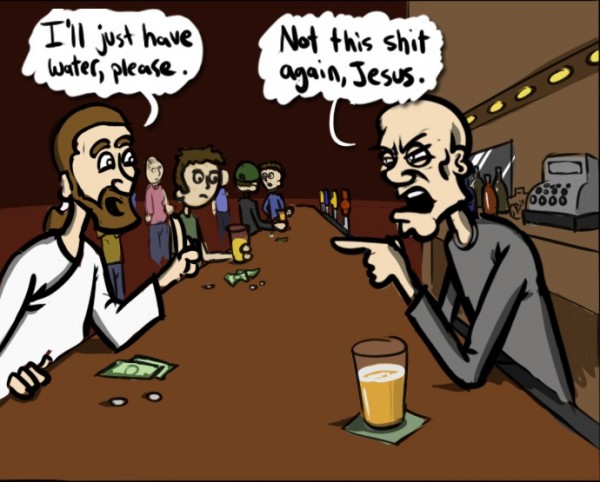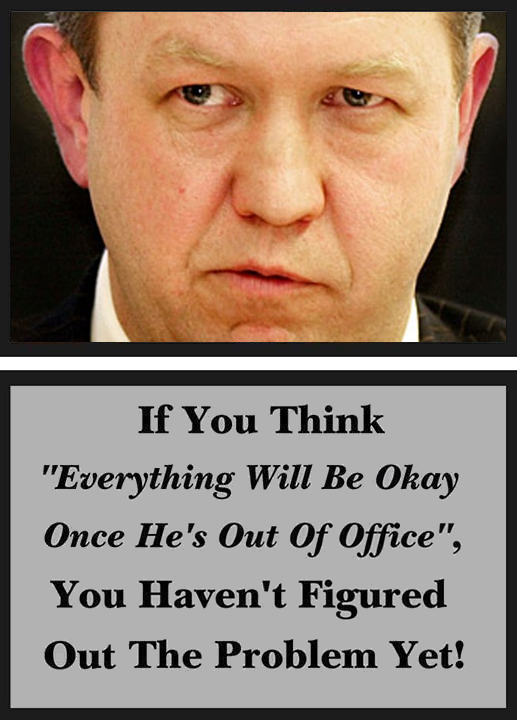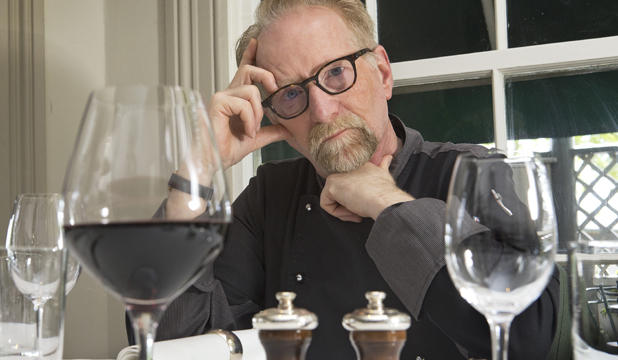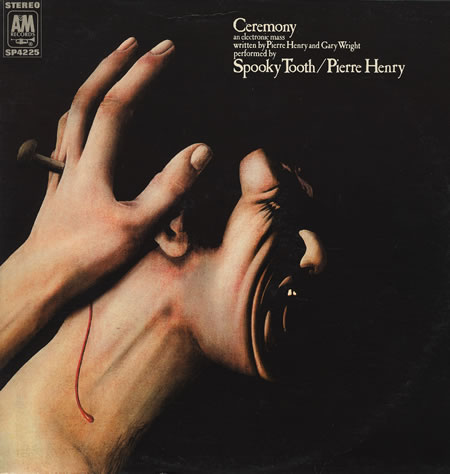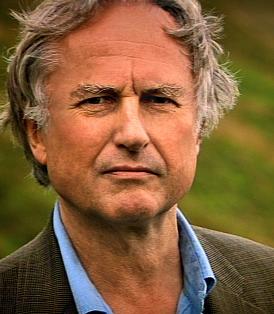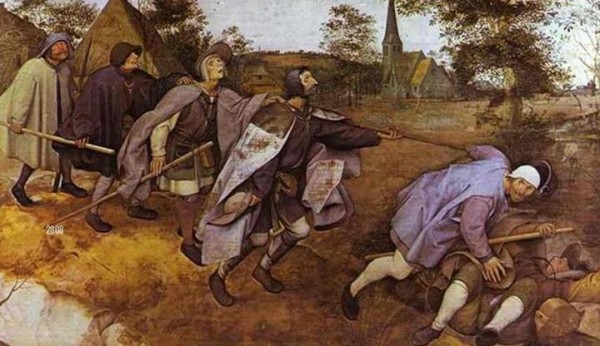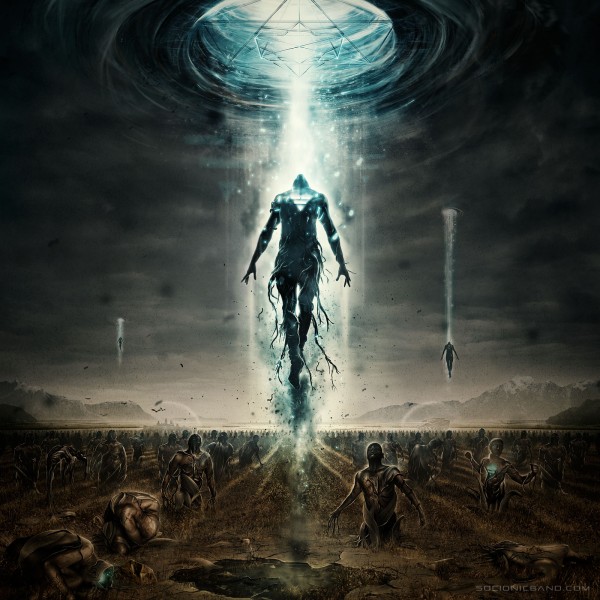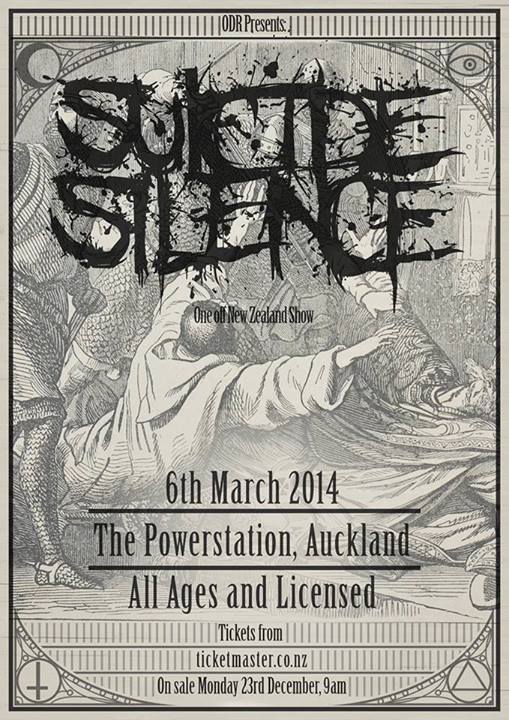Written way before my 3 year old boy was born…. yet still pertinent… Thoughts?
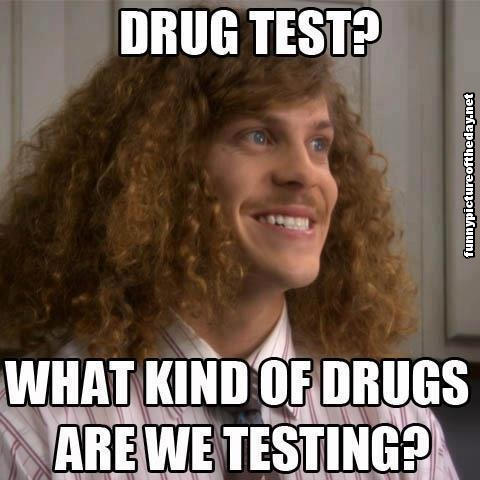
Statistics say 51% of Kiwis between the ages of 15 and 45 have smoked cannabis.
Despite stereotyping, the average pot smoker is not an unemployable tree-hugger but more likely to be skilled workers and tradesmen and even elite high achievers as the media with their penchant for sensationalism, constantly parade celebrities and businessmen unlucky enough to have been caught enjoying illicit recreational drugs.
************************************************
Exercising your right to refuse Random Drug testing at work.
A defence for the right to personal privacy and a call for reason in employment relations.
By Tim Wikiriwhi. Libertarian.
2009.
This is a very emotive subject. Billions have been ‘invested’ in engendering hysterical and bigoted opposition to any reasonable discussion. This has enabled an absolutely draconian system to be maintained and incrementally enlarged at the expense of our private rights and liberties.
At election time this hysteria is political currency for Socialist politicians as they know it is a sure thing to win votes by playing up to the masses most common phobias.
To oppose the superstitions and political draconian-isms of the status quo is to risk private and professional ostracism yet I consider the issues at stake are of such fundamental importance that I must speak up.
To apprehend the true nature of the debate it first must be understood that the desire to impose random drug testing in the workplace is just one aspect of many new politically correct encroachments that are being foisted upon us by socialist politicians. The country is being run by little Nazis who deny our personal sovereignty and instead think they have the divine right to run our lives. They banned cigarette smoking in the workplace and soon expanded their dictatorship to a ban in our recreational activities in pubs and cafes too!
Random drug testing is also a politically driven socialist tyranny resultant from the government monopoly in Accident compensation coupled to employers desperate to alleviate the extortion they endure at the hands of this agency and other tyrannical offices like OSH which overstep the bounds of legitimate government and of course their oppressive legislations are money in the bank to unscrupulous profiteers who seeing a market in servicing the new regulations and supplying Drug testing equipment rush to jump on the drug testing bandwagon.
It is in this way that economic vested interests are formed that prop up the oppressive legislations out of selfish desire to protect these sorts of rackets. Anti-drug Propaganda becomes a profiteering marketing tool.
Ignoring all fact and reason, the prohibitionist fascists love to speculate that illicit drug use is a major source of workplace accidents yet cannot apprehend the truth that if the actually locked away all recreational drug users the country would immediately go bankrupt.
The Idiots running the country should be glad that drug testing is a joke and, their war on drugs is a failure.
The hypocrisy of the status quo surrounding recreational drug use stinks to High heaven
Recreational drug users have become the new ‘Jews’ of our age.
All sorts of fantastic lies are spread about them from the heights of parliament, Police commissioners, right on down the line into primary schools, just like in Nazi Germany.
Today it is almost impossible for those suffering Anti-drug paranoia to consider arguments that they may be wrong in supporting drug prohibitions or that they may have been deceived as to the perceived dangers regarding the use of drugs other than alcohol.
This stereotyping is fodder for our PC media that sells papers as hand in hand with socialist politicians they know how to make profitable use of the common phobias of the sheeple via sensational headlines like “P killed my boy”. They never let the fact that as in this instance the man was really a casualty of the states war on drugs get in the way of popular outrage! They completely down play the fact that he drowned in the Waikato river as he attempted to evade the police as being the real cause of his demise. The truth is he was killed by the states enforcement of drug prohibition not by P at all.
Thus it is that complete lies demonizing P users are the order of the day.
The Bigots in power blamed the murder of little Coral Burrows by her step father Steven Williams, and The murderous actions of Samurai sword slasher Antonie Dixon on the drug P ignoring all fact and reason that both these atrocities were committed by mentally disturbed, violent career criminals, the products of child abuse and severely dysfunctional upbringings.
That P had little to do with Corals murder is proven beyond any doubt when In Steven Williams sister would soon be convicted of another murder yet no retraction by the police or anyone else regarding their erroneous blame of P for these crimes will ever reach the deceived public ear. In un-orchestrated unison All the Bigoted powers continue to systematically demonise the objects of their deepest phobias…recreational drug users. It is a Nazi like obsession.
It turns mother against daughter, Father against Son as young adults experimenting with drugs become estranged from their elders, not because the drugs turn them into psychopaths but because of all the intolerance and bigotry they face from their indoctrinated kin.
Prohibition creates social alienation.
For many insulated and ignorant New Zealanders this State propaganda and media sensationalism is the only cognitive material they imbibe on the subject of drug use as their one eyed incapacity for reason dismisses all Logical counter arguments without consideration. It is pure bigotry in action. It is therefore no wonder that these delusions have become powerful impetus for the socialist draconian-isms at all levels of our daily lives.
Truth and justice lie elsewhere.
Statistics say 51% of Kiwis between the ages of 15 and 45 have smoked cannabis.
Despite stereotyping, the average pot smoker is not an unemployable tree-hugger but more likely to be skilled workers and tradesmen and even elite high achievers as the media with their penchant for sensationalism, constantly parade celebrities and businessmen unlucky enough to have been caught enjoying illicit recreational drugs.
Employers and politicians need to get a grip and throw out that political caricature that all Cannabis users are dopes, bludgers and criminals.
Happily the reality is that most recreational drug users have a grip on their lives, do not drink or do drugs at work and so function as successful individuals, passing inconspicuously under the Anti-drug radar.
This is another reason little positive media is ever herd as the majority of users successfully manage their habits and remains anonymous, out of the public eye and out of the clutches of an oppressive police state.
The essential need for anonymity to avoid state oppression is another giant hurdle faced by those who seek and end to prohibition working to the advantage of the Nazi system.
Threat of persecution makes public resistance difficult.
To call for an end to drug prohibition, is to solicit the same sort of animosities faced by Germans who would speak out against the persecution of the Jews and for the same reasons. Like the Jew in Nazi eyes, the recreational drug user is a pariah of our age and those who would defend their rights are reviled.
Reformers seeking decriminalisation work under severe repressions.
They desperately need the support not only of recreational drug users, whose rights they are trying to defend, but from all men of Reason and justice who have had a guts full of being the play things of interfering socialist politics.
This article is written for all of you, to arm you with just principle by which to defend yourselves and to go on the offensive against the bigotry and oppression of the prohibitionists.
Having now laid down the general conditions under which the drive to imposes random drug testing in the workplace is being fostered – an atmosphere of deception, delusion and fanatical bigotry I can now start to address the topic more directly.
While the rights of the individual, and the much good that recreational drugs can have are either completely ignored, or as in sports with performance enhancement, actively suppressed, it should be needless to point out that intoxication at work constitutes very serious safety and performance issues, and that under normal circumstances violates the trust that underpins legitimate terms and conditions, and that even when drug prohibition has been abolished the right of employers to keep intoxicants out of their establishments must be rigorously upheld.
Contrary to socialist propaganda Ending Prohibition would not open the door to chaos and anarchy.
That there is currently a drug problem in many workplaces in New Zealand is not to be denied, yet in this age rife with Nanny state prohibitions and the zillion dollar War on drugs it is rich indeed for socialists to blame ‘liberalism’ as the root cause of these problems and assume that Good faith in employment contracts should be abandoned in favour of even more draconian-isms. ie imposing drug testing.
Draconian-ism always finds many fans among the draconian minded and sadly our country is rife with such intolerance.
The Fascists pushing to curtail worker rights hide behind the facade of ‘expedience’.
They are seeking the right to treat honest and hard working individuals like convicts!
They demand submission to their subjections!
What sort of working relationship are they trying to set up?
What quality of worker will respond positively to such an oppressive system?
If there is a drug problem in New Zealand workplaces it is yet another of the injustice and failure of Drug prohibition.
It is High time we take a different approach!
I am not saying that employers should not be allowed to negotiate and conduct drug tests as a condition of their employment policy if they so desire but that good employment relations are not based upon such a fascist approach and in fact such a policy will alienate the most virtuous prospective employees who will refuse to work under such an untrusting/ oppressive relationship whether they enjoy recreational drugs in their free time or not.
That a great portion of Kiwis would willingly submit to such treatment without protest displays a gross ignorance of what is at stake, coupled to a complete lack of integrity. It is a shameful act of spineless subjection.
Sadly few brave the risk loosing their jobs for the sake of defending their own right to privacy.
It takes courage to challenge such bigotry that drives the war on drugs.
In defence of their honour and right to privacy proven workers should refuse to sign renewed contracts in which employers have inserted drug test policies that violate their pre existing work conditions of trust and privacy. The whole socialist driven program to impose drug tests upon workers would fall over if worker solidarity could be welded together on this front.
And it ought not to be forgotten that this whole drive to reduce worker rights to privacy has come from socialist Nannies infesting the very political parties that claim to be Pro- worker. This is one reason why unions are being slow to resist these drug testing policies and nothing substantial is being debated.
Workers are being betrayed by their own so-called lobbies and political parties. The truth is these unions and parties are the enemies of the worker and of our whole society.
Personally I would not waste one moment on drug tests when considering employment of staff, instead would focus on past work history, and the ethics displayed during the recruitment process. I see drug testing at best as being completely pointless unless there exists strong reason to suspect an actual offence is being committed and the person in question displays some form of negative work performance.
At such times I would offer them the choice of taking the test or voluntary resignation.
I am 100% opposed to demanding random drug tests from employees who display excellent work ethics and performance.
I believe the integrity of such people to be unquestionable and forcing subjection to a needless urine test for the sake of satisfying company drug policy is an affront!
Prohibition and the drug testing approach is a giant failure that ends up costing the companies that implement such Nazi strategies without actually making any real dent in the problem of drug taking on the job because they fail to address the dysfunctional drug taking culture that prohibition has caused among a minority of users…a culture of sleaze and sneaky deals in which otherwise honest and upright people are driven to hanging out in back alleys and shadows.
Peaceful Recreational drug users who consume banned substances act in a civil disobedient manor in ignoring laws they think are bad and unjust.
In the process of avoiding prosecution for their disobedience users become skilled in the arts of stealth.
It is an easy mistake to translate this skill for stealthful drug taking into times and places where it is rightfully forbidden such as on the Job.
This is an inexcusable degenerate side effect of Drug prohibition that also occurred during the era of alcohol prohibition and which likewise will only atrophy after prohibition has been abolished.
Sleazy drug taking will reduce when the art of sleaze no longer needs to be perfected.
Prohibition has not stopped drug use or abuse but has created this extra legal culture of dishonesty that would all but disappear when drugs are legalized just as it has in regard to alcohol. Just as alcohol has become a socially acceptable past time when managed responsibly so too the mass phobias propagated by drug prohibition will fade in relation to the use of other drugs.
The idea that it is perfectly ok to go home and smoke a joint after work, just like having a beer, will grow and displace the absurd superstitions that currently hold sway and are behind the drive to further encroach upon our private lives.
This is where we need to get to if we are truly to reduce the negative impact of drugs in the workplace. It is a complete paradigm shift away from dictatorship and oppression towards a system that recognizes the legitimate rights of both employers and employees.
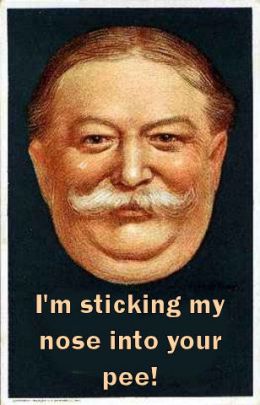
What should an honest and reliable worker do if asked to submit to a drug test?
If an employer or colleague asked me if I take drugs, I will answer with another question…“Do you jerk off in the shower?” Hopefully that would be sufficient for them to understand that they have no more right to know about my private life and habits than I have to ask about their masturbation addiction.
What is done in private is private as long as these personal habits do not adversely affect performance at work. And this is the heart of the libertarian argument…that a worker ought to be judged by the quality of their performance not the quality of their urine.
The worker who is always on time and reliable, works safe and well with others and consistently achieves quality performance in their tasks has displayed proof enough that he has his private affairs in order, that they are competent for their job, and can be trusted thus to demand a drug test from such a worker is a giant insult! Workers in New Zealand are not prisoners of the state (yet), nor are they slaves of their employer. Employment contracts are an agreement between equals based upon Good faith not subjection.
As a free Individual I refuse to work under conditions that are synonymous to existing as an inmate in prison under constant suspicion.
For a person who stands on their own reputation and integrity, to be ask to submit to a drug test is an affront!
If anyone at work asks me to piss in a cup I have one thing to say…Piss off!
Instead of giving a urine sample I am more than happy to supply them with a signed declaration to verify my dedication to fulfilling the companies statutes regarding the prohibition of Drugs and alcohol on the site.
It declares my personal assurance not to consume alcohol or drugs during work hours nor turn up for work hung over or intoxicated.
These things being agreed upon, it shows that the company has a threefold assurance of my integrity. (1)My reliability and work record. (2) The quality of my work, and (3) this principled declaration to continue to abide by the companies rules regarding drugs and alcohol.
I refuse to work under any contract that impinges upon my integrity or right to privacy.
My Declaration in acknowledgement of Workplace safety specific to Alcohol and drugs follows.
I practice these ethics voluntarily because I believe in self responsibility, in assuring my activities do not endanger others, and in doing an honest days work.
These ethics I set for myself are the very same that I expect from others ie I expect my fellow colleagues to be sober and alert whist on the job.
It covers all points relevant to my ability to work safely under a Good faith employment agreement.
If there was such a thing as common sense in minimizing drug related problems in the workplace this must be it as there is no other way to control drugs in the workplace except personal integrity and in maintaining a healthy work culture of mutual trust.
It is a 2 part declaration.
The first part is a short explanation of why random drug testing is immoral and therefore to be resisted.
***************************************************************
Part 1.
I refuse to submit to random drug testing in the workplace because I believe it to be a fascist violation of Worker rights to privacy and a breach of the fundamental Good faith that underpins valid employment contracts in a free society.
****************************************************************
The second part of this declaration is that while random drug testing is to be resisted by the man of principle, by the same token company policies that ban intoxication from the workplace are to be respected. I fully appreciate and endorse the truth that company rules that forbid the consumption of intoxicants during working hours are completely within the proper bounds of an employment agreement and that while I refuse to subject myself to random drug tests, I am quite willing to give you a signed declaration that I voluntarily undertake to obey all company rules banning drugs and alcohol from the workplace, and that I agree that such a policy is necessary for workplace safety and general performance.
***************************************************************
Part 2
I therefore declare to voluntarily maintain the following self disciplines:
1. At No time will I consume drugs or alcohol whist on the job.
2. I will never arrive for work intoxicated, or exhausted from lack of sleep.
********************************************************************
I do not maintain these ethics because of imposition from any supposed authority but of my own volition and for my own self esteem and to honour rightful employment obligations.
They form an important part of my values.
It must be recognized that it is only by voluntary self discipline can it be expected that workers will remain drug free whilst on the job.
It is under such voluntary integrity to comply with rules that I agree with, that I currently sell my services as an engineering contractor and by far the majority of employment in NZ is undertaken.
It is in defense of my personal integrity that I refuse to work under a system of suspicion that renders my, diligence trustworthiness as worthless and encroaches upon my personal privacy.
I stand upon my own reputation.
I would be shocked if someone who was familiar with my work habits thought of me as a Dope or a safety risk and need drug testing. My accident free work record speaks for itself.
I would expect most of my colleagues to consider me a self reliant, conscientious, and thinking person.
This is the type of mindset that I believe is vital to develop within any workforce, not a flock of submissive herd tested sheep! Yet it is exactly self reliant thinkers like myself who will refuse to subject themselves to such Ultimatums and practices as random drug testing because it destroys all value of good faith turning Employment relations instead into an oppressive legalism.
It is only the sheep who will not resist.
As long as I comply with this good faith understanding with my employers (As declared above)…What I do in my private time is nobodies business but mine!
This sets the proper limits to employment relations and protects worker private lives and basic equality with their employers in the contract.
It means that in the exercise of their rights to liberty and sovereignty over their own time, money, and bodies, and in the pursuit of their own happiness, Workers ought to be lawfully permitted to get as High as kites after work on a Friday night should they so choose as long as on Monday morning they are “back down to earth”.
They are not slaves but free men…they are not children nor wards of the state but self responsible adults whose time and money is theirs to manage alone and no business of their busy body neighbours, or their employers or of Nanny state!
The abolition of drug Prohibition is urgently needed yet even under the current oppressive social conditions, the principles of Good faith and self responsibility in employment relations are still essentials in keeping Drugs and Alcohol out of the workplace and in minimising the evil influences that Prohibition has created.
As long as these basic principles are understood by both parties and respected, then I say a company that merits trust by setting high standards in workplace safety yet also is seen to respect their workers privacy will summon the greatest voluntary compliance with fair rules that are not only technically sound from a safety perspective but also respects both parties respective rights and obligations.
The moral of the story is that if you wish to create and maintain a happy, safe, and progressive workplace where high integrity is the order of the day then it is imperative to have a company culture that does not destroy the good faith relationship between employees and employers but actually fosters it.
The stated goal of having drug free workplaces would be best achieved by smart recruiting procedures that ferret out good values via smart interviews and questionnaires actually targeting the requisite character traits that are quintessentially self discipline, and who also display thoughtful consideration for the welfare of others around them, rather than questionnaires of the sort that only mindless sheepherders approve.
A good employment interview will lay out the company ethos of Good faith in clear terms so that any prospective employees immediately appreciate that they will be treated as valued and trustworthy servants whom the company will strive to keep safe and happy.
This trust relationship between worker and employer is the essential factor that alone will provide workers with the maximum motivation to comply with company rules.
Such Good faith declarations as above could be used not only as a defence for self responsible employees who refuse to be drug tested, but also by employers instead of drug testing and silly questions regarding recreational drug use in recruitment applications.
Finally to those saps who have with Dick in hand pissed in a cup at the command of their overlords/employers, I ask this question, When next commanded to assume the position for a rectal probe, will you drop your pants and touch your toes?
To what level of degradation will you submit before you pathetic serfs decide stand up for yourselves?
The time is now!
Don’t let the Nannies turn Employment relations into a prison system.
twikiriwhi@yahoo.co.nz [1].
Tim Wikiriwhi is a Libertarian, a Dispensational Christian, The father of two teenage children, and a self employed contract engineer by trade. He is the author of several booklets on ethics including Racial Equality Before the Law, The Defense of Free Trade, and Opposition to State Encroachments on Individual Liberty and Private Property Rights. He has stood for Parliament and Mayor of Hamilton City. He promotes limited government, free market capitalism, and individualist self-reliance.
)



